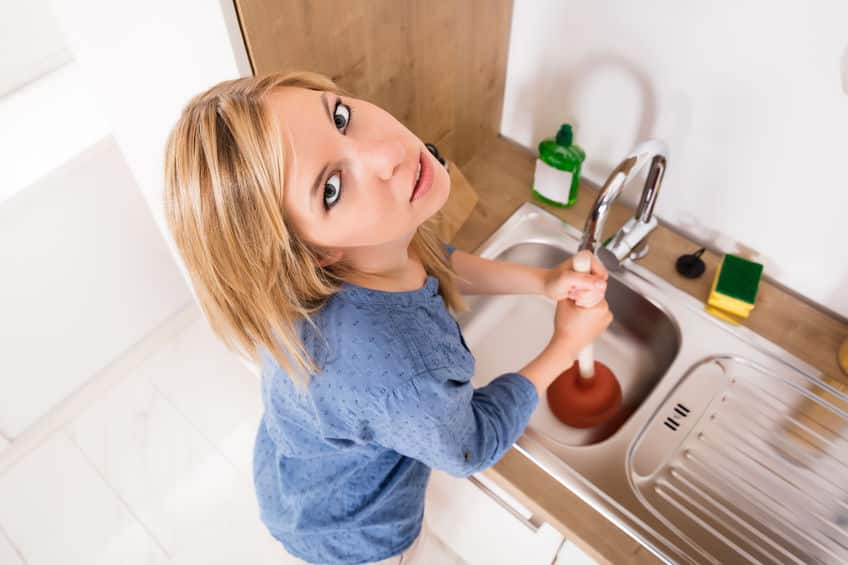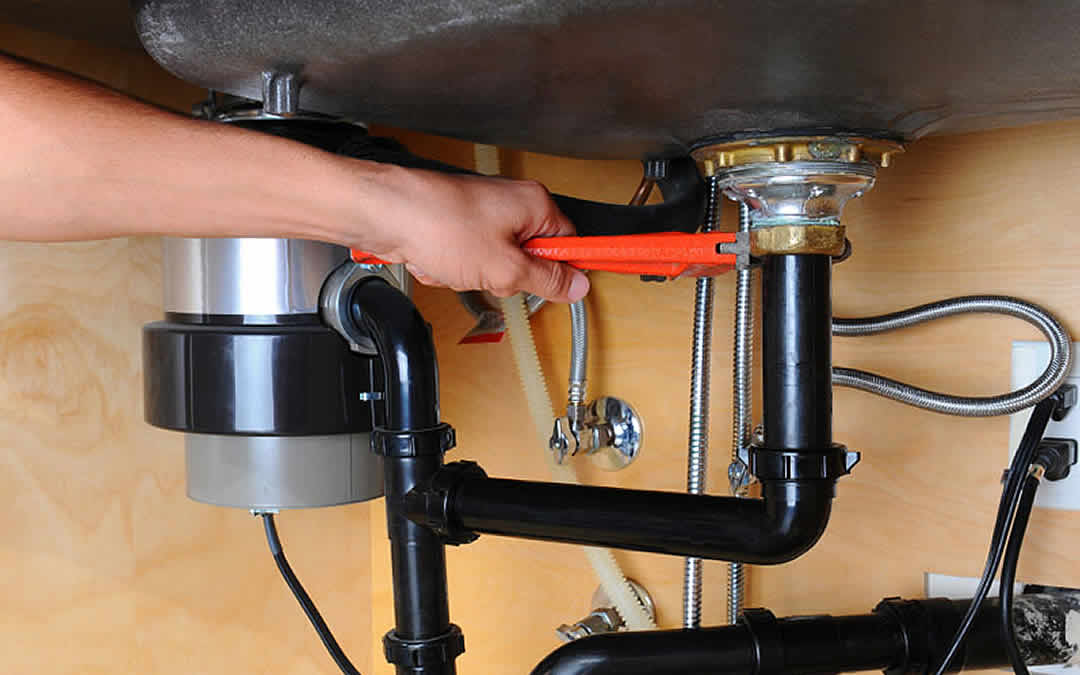Are you searching for facts and techniques around How to fix a pretty consistent leak from my garbage disposal?

Garbage disposals are necessary kitchen area home appliances that help in getting rid of food waste efficiently. Nevertheless, a leaking waste disposal unit can be a frustrating and untidy issue to take care of. Luckily, lots of leakages can be fixed conveniently with a couple of simple steps. In this post, we will certainly review just how to fix a dripping waste disposal unit successfully.
Introduction
Garbage disposals are installed under kitchen sinks and are designed to shred food waste into smaller pieces, allowing it to go through the pipes system quickly. While these devices are typically dependable, leaks can take place over time due to deterioration, loose links, or damage to the system.
Step-by-Step Guide to Taking Care Of a Dripping Garbage Disposal
Shut off the Power
Prior to trying any type of repair services, make certain that the power to the waste disposal unit system is shut off to prevent the threat of electrical shock.
Find the Leak
Determine the specific location of the leak and determine the reason
Tighten Links
Use a wrench to tighten any loose connections between the disposal system and the plumbing system.
Change Seals or Gaskets
If the leak results from used seals or gaskets, remove the old components and change them with brand-new ones.
Patching Cracks or Holes
For splits or holes in the disposal unit, use epoxy or a suitable patching product to secure the damaged location.
Identifying the Source of the Leak
Prior to trying to fix a leaking garbage disposal, it is essential to determine the source of the leak. This can commonly be done with aesthetic assessment or by carrying out basic tests.
Visual Examination
Check the garbage disposal device thoroughly for any indicators of water leakage. Pay attention to areas around seals, gaskets, and connection factors.
Checking for Leaks
One way to examine for leaks is by running water through the disposal unit and looking for any type of visible indicators of leak.
Typical Root Causes Of Leakages in Garbage Disposals
Worn Seals and Gaskets
Seals and gaskets play an important duty in protecting against water from dripping out of the garbage disposal. Over time, these elements can wear away, bring about leakages around the disposal unit.
Loose Connections
The links in between the waste disposal unit and the pipes system can become loosened over time, causing water to leak out during operation.
Splits or Holes in the Disposal Unit
Physical damages to the garbage disposal, such as cracks or openings in the housing, can likewise cause leakages.
Devices and Materials Needed for Taking Care Of a Dripping Waste Disposal Unit
Prior to starting the repair procedure, gather the required tools and products, consisting of a screwdriver, adjustable wrench, plumber's putty, replacement seals or gaskets, and epoxy or patching material for fixing splits or openings.
Testing the Garbage Disposal After Fixing
When the repair service is complete, check the waste disposal unit by running water with it to guarantee that the leak has been solved.
Preventive Maintenance Tips to Avoid Future Leakages
To prevent future leaks, it is necessary to execute normal maintenance on your garbage disposal. This consists of maintaining it clean, preventing placing non-food things or hard things down the disposal, and occasionally looking for leakages or other concerns.
Final thought
Finally, fixing a leaking waste disposal unit is a relatively simple procedure that can be completed with fundamental tools and products. By adhering to the steps detailed in this write-up and practicing precautionary upkeep, you can keep your garbage disposal in good working problem and stay clear of costly repair work in the future.
What to Do About a Leaking Garbage Disposal
A leaking garbage disposal often goes unnoticed until you confront a sopping cabinet, a foul-smelling puddle, or an audible drip-drip-drip from the unit. The fix can be frustrating, too, because the leak can stem from a number of components in the system. Fortunately, with a little sleuthing, you can zero in on the leak and—depending on the exact location—stop the icky oozing and repair the component that caused it. Worst case scenario, if it turns out that the garbage disposal must be replaced, installing a new one is a reasonable do-it-yourself task for those with basic plumbing skills. Read on to keep the cash you’d otherwise hand over to a pro.
Prepare to find the leak
Prior to testing the garbage disposal for leaks, unplug it at the wall outlet and turn off the power from the breaker box to prevent electrical shock. Then insert a watertight sink stopper into your sink drain and wipe the unit dry with a clean cloth. In any handy container, mix a few drops of food coloring into a few cups of water, and pour the dyed water onto the sink stopper to help you locate the leak.
Investigate the source
the top, where the disposal meets the sink drain the side, where the dishwasher hose or main drain pipe connects to the disposal or the bottom of the unit Inspect each of these locations while gliding a light-colored rag over the unit; the dyed water will readily show on the rag and reveal the location of the leak. If a leak isn’t immediately apparent, remove the sink stopper and pour a few more cups of dyed water down the sink drain, then check for leaks again. Leaks near the top of the unit are more likely to show themselves while the sink is plugged, while side and bottom leaks are more noticeable while the sink is unplugged.
The metal sink flange that sits directly inside the sink drain is typically sealed around the top with plumber’s putty (a clay-like sealant) and then secured from under the sink with bolts. If the plumber’s putty deteriorates, or the bolts loosen, the flange can no longer form a watertight seal between the sink drain and the disposal—which could cause a leak at the top of the unit.
To reseal the leaky flange, you must first detach the garbage disposal. Start by loosening the screws securing the main drain pipe to the disposal, then loosen the screws in the metal clamp securing the dishwasher hose to the disposal and detach the drain pipe and dishwasher hose from the disposal. Loosen the screws in the mounting ring that connects the disposal to the metal mounting assembly beneath the sink, then pull down the disposal and carefully set it on a clean, dry surface. Loosen the bolts in the mounting assembly with a wrench, then pull down the mounting assembly and set it near the disposal.

As an avid reader about Why Is , I assumed sharing that topic was smart. Don't hesitate to set aside a second to share this content if you liked it. I treasure reading our article about Garbage Disposal Leaking From Bottom.
Click Here